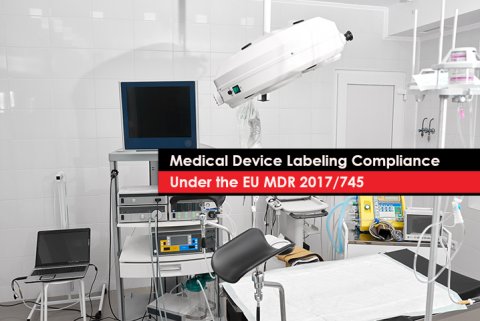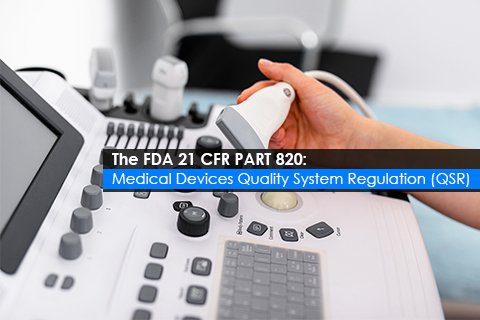US FDA Inspections and Enforcement – What to Expect and How to Prepare?

As a medical device manufacturer, you must understand and prepare for the United States Food and Drug Administration’s (US FDA’s) inspections to maintain compliance and ensure that your medical device can be marketed and distributed without legal impediments. The US FDA’s Regulatory oversight includes ensuring that devices are safe, effective, and meet the necessary quality standards. Here is what you need to know about the US FDA’s inspections and enforcement actions and how to prepare for them.








